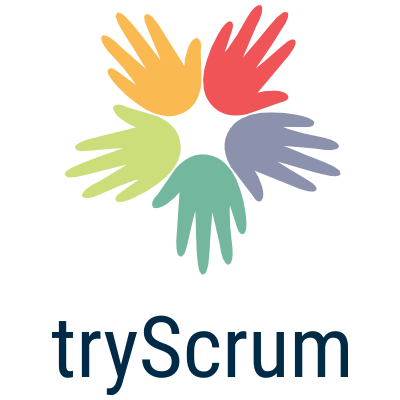There have been a few changes in Scrum Guide 2020, and I am really excited. These changes focus on ‘Values’ within the framework of Scrum. Commitment, among all kinds of values, builds trust. Since the beginning days of my Scrum workshops, I have been bombarded with questions about commitment definition and perspectives.
I have a simple view. The entire Scrum Team, with all its members, commits to embodying Scrum values. After the recent updates of Scrum Guide 2020, three distinct commitments have been attached to the artefacts. First, commitment renders additional quality to a specific artefact. Second, it improves transparency, a significant pillar of empiricism. Third, when there is a Product Backlog, you can say that the Goal is commitment.
Meaning of Product Goal
From my perspective, the product goal achieves the vision of the product alongside meeting business objectives. Great goals must have an association with a comprehensive business strategy or a broader product. The product goal should be interpretable and actionable. It should also be achievable and easily measurable. The context of the relevant Product Backlog is rendered by Product Goal. You would know the reason why you are doing a specific activity. The Product Goal also adds more value to the customers and tells the stakeholders about its uniqueness.
Scrum Guide is empty in a beautiful way. For example, it never says about the Product Goal details. This allows the SCRUM team to inform the pertinently contextual goal.
Product Goal example
Goal: Tripling the revenue year-on-year
Metric: +$20 million revenue
Goal: High-grade Training Company
Metric: Rated as #1 on the platform of TrustPilot with a minimum of 10,000 reviews
Goal: The biggest e-commerce player
Metric: More than 1000 partners
Product Goal -illustration
source: Scrum.org
Some of you might say it is a broad vision, while others might term it a goal. When you determine the Product Goal, context is practically everything.
Characteristics of Product Goal from the perspective of a Scrum Team:
- Product Goal can be evolutionary alongside the Product.
- It is a commitment to the Product Backlog. As a result, product Owners get the required flexibility to operate when the particular Product gets somewhat rough.
- It helps the Product Owner in Ordering the Product Backlog. In other words, the Product goal is in the Product Backlog.
- You can achieve a Product goal in either a few Sprints or numerous Sprints.
- Typically Goals in Several Sprints may contribute to the Single Goal of the Product.
- Product Goal creates and establishes transparency that tells about the objective of building the Product.
- Sprint Review does not merely inspect specific increments, but it also monitors the progress in achieving the Product Goal.
Let us go through the Scrum Events and their relations to Product Goals.
Additional Inspection plus Adaptation Opportunities

In Craft, the strategic actions are designed by Product Goals. The structure assists you to organise and insightfully assemble the relevant strategic objectives in various containers. They can become useful guidelines for your roadmap. It would also constantly remind the team and the stakeholders about your progress.
About tryScrum
tryScrum is a professional coaching and consulting company. The company aims to challenge prescience thinking, which will help in the process of transformation. The company has provided its course to over 2000 individuals and still strives to deliver its services by offering elite leadership training and many other available fields.

For more information, please visit www.tryscrum.com.
